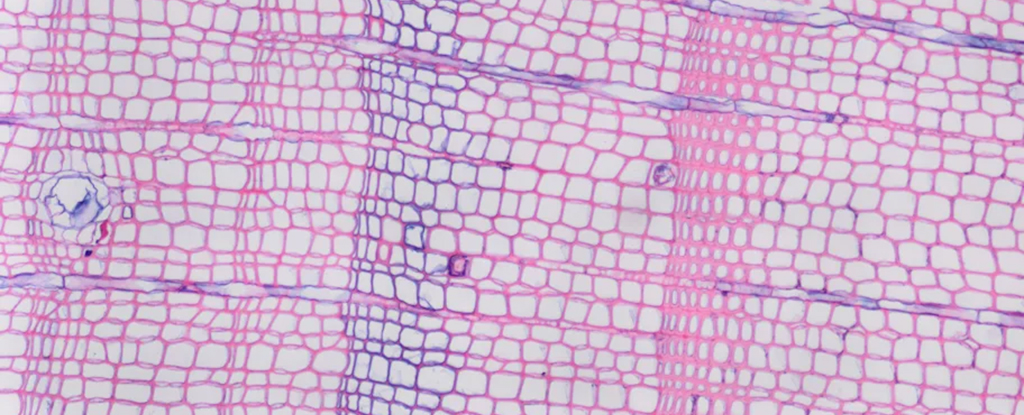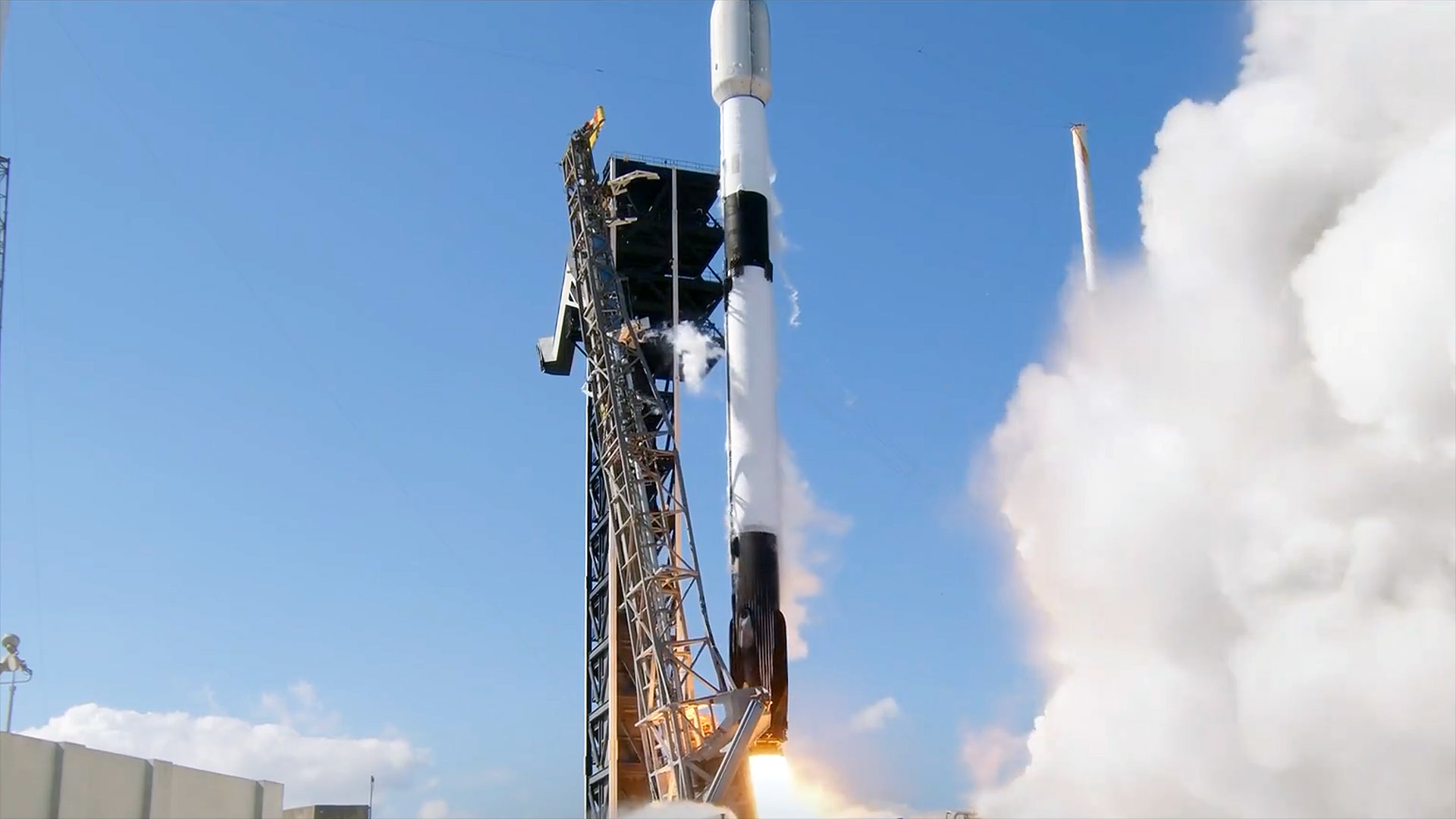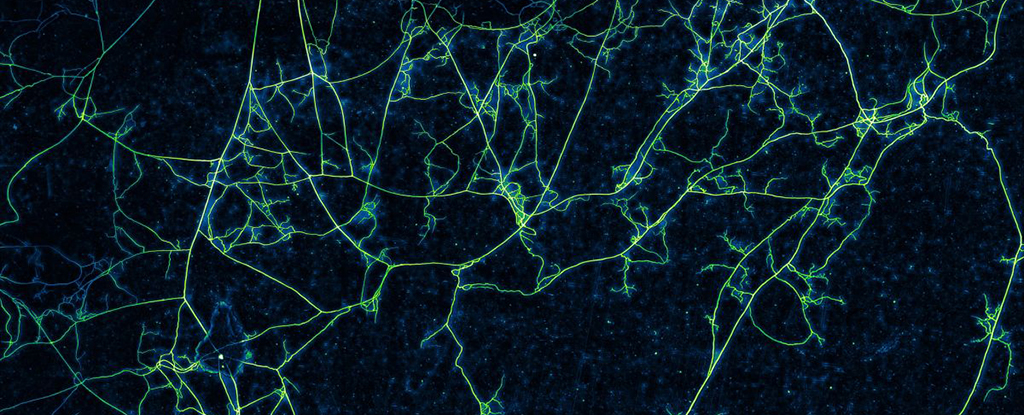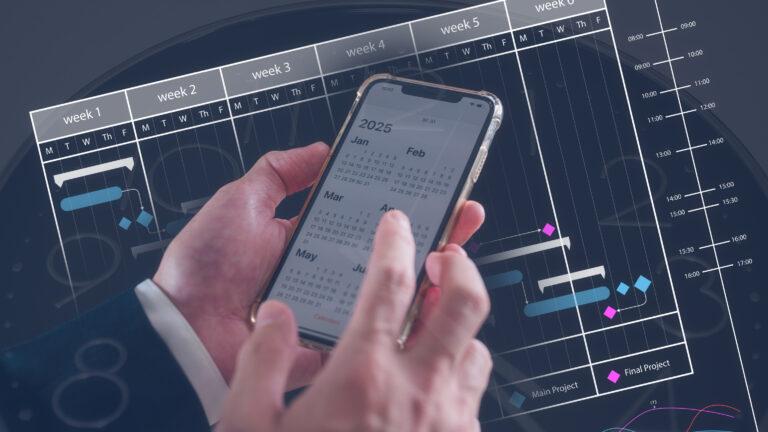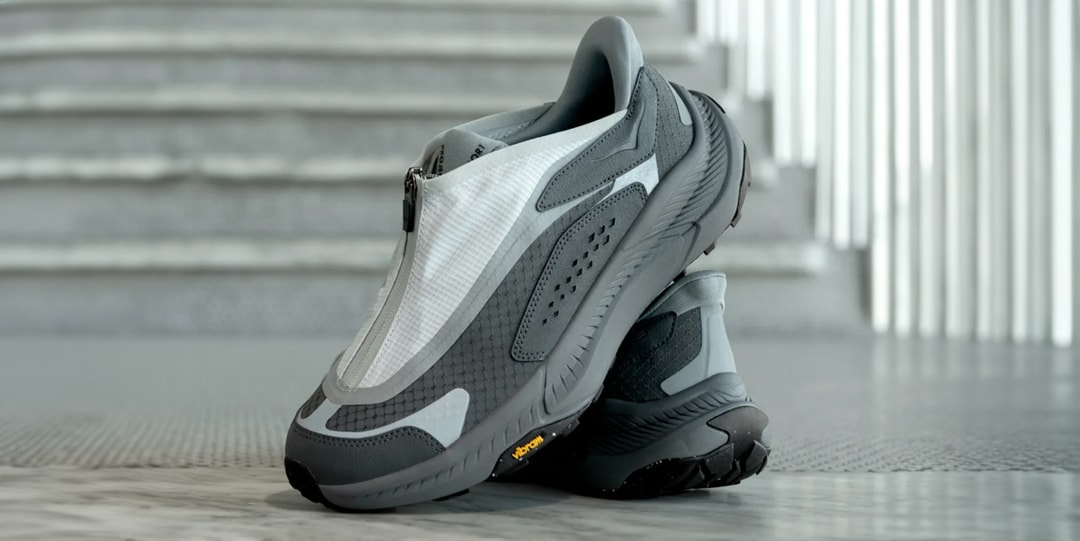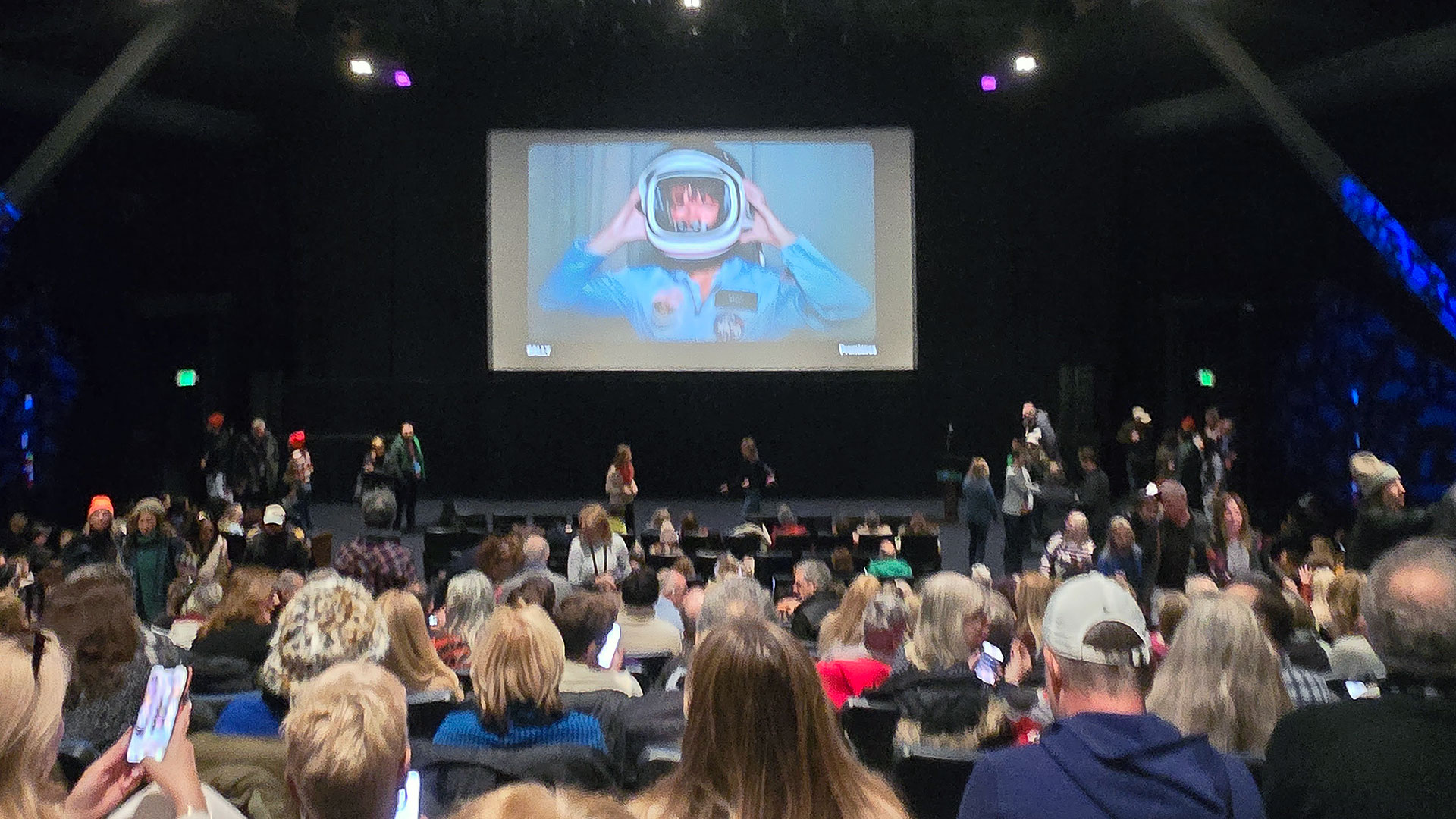Europa Clipper Tests its Star Tracker Navigation System
On October 14th, 2024, NASA’s Europa Clipper mission launched atop a Falcon Heavy rocket from Launch Complex 39A at the Kennedy Space Center in Florida. It will spend the next few years traveling 2.9 billion km (1.8 billion mi) to reach Jupiter’s moon Europa, arriving in April 2030. Once it arrives in the system, the … Continue reading "Europa Clipper Tests its Star Tracker Navigation System" The post Europa Clipper Tests its Star Tracker Navigation System appeared first on Universe Today.

On October 14th, 2024, NASA’s Europa Clipper mission launched atop a Falcon Heavy rocket from Launch Complex 39A at the Kennedy Space Center in Florida. It will spend the next few years traveling 2.9 billion km (1.8 billion mi) to reach Jupiter’s moon Europa, arriving in April 2030. Once it arrives in the system, the probe will establish orbit and conduct 49 close flybys of this “Ocean World” and search for chemical elements that could indicate the presence of life (biosignatures) in the moon’s interior. By July 2031, it will be joined by the ESA’s Jupiter Icy Moon Explorer (JUICE), which will conduct a similar search around Callisto and Ganymede.
As is customary, the mission team has been checking and calibrating the Clipper’s instruments since launch to ensure everything is in working order. The latest test involved the probe’s stellar reference units (or star trackers), which captured and transmitted the Europa Clipper’s first images of space. These two imaging cameras look for stars, which mission controllers use to help orient the spacecraft. This is critical when pointing the probe’s telecommunications antennas toward Earth so it can send and receive critical mission data.
The picture (shown below) is composed of three shots that show stars 150 to 300 light-years away. The starfield includes the four brightest stars of the constellation Corvus (Gienah, Algorab, Kraz, and Alchiba), the Latin word for crow—a bird in Greek mythology associated with Apollo. The starfield represents about 0.1% of the sky around the spacecraft, but this is enough for other spacecraft to determine its orientation. A 3D model of NASA’s Europa Clipper can be viewed in the agency’s interactive Eyes on the Solar System.
Contrary to what you might expect, orientation is a separate process from navigation and is critical to telecommunications and science operations. Whereas navigation is all about making sure the mission is headed in the right direction (by first determining where it is in space), orientation involves using star trackers to determine where the science instruments are pointed. This includes the Europa Imaging System (EIS), which will help scientists map the moon’s surface and its many mysterious features – the fractures, ridges, and valleys caused by resurfacing events.
The checkout phase has been happening ever since Europa Clipper launched in October, and these photos show that the latest instrument check was successful. Joanie Noonan of NASA’s Jet Propulsion Laboratory leads the mission’s guidance, navigation, and control operations. “The star trackers are engineering hardware and are always taking images, which are processed on board,” she said in a NASA press release. “We usually don’t downlink photos from the trackers, but we did in this case because it’s a really good way to make sure the hardware — including the cameras and their lenses — made it safely through launch.”
When the Europa Clipper reaches its destination, it will conduct 49 flybys of the moon and gather information using its nine science instruments. In addition to the EIS, the probe will rely on the Europa Thermal Emission Imaging System (E-THEMIS) to detect warmer regions that could be liquid water near the surface or plume activity. It will also carry two spectrometers – which measure light in the ultraviolet (UV) and infrared (IR) wavelengths – to determine the composition of Europa’s surface and atmospheric gases and measure the distribution of ices, salts, organics, and the warmest hotspots on Europa.
Other instruments include magnetometers that will measure Europa’s induced magnetic field, confirm the existence of its internal ocean, and determine its depth. There are also gravity and radar instruments that will measure the moon’s gravitational field and probe beneath the icy surface, a dust spectrometer and neutral gas mass spectrometer to identify the materials Europa ejects or vents into space, and a spectrometer to study the chemistry of the moon’s atmosphere and plumes and its subsurface ocean.

This advanced suite of instruments will help the Europa Clipper mission accomplish its three main science objectives: to determine the thickness of the moon’s icy shell, to investigate its composition, and to characterize its geology. In so doing, it will confirm (or deny) that Europa and its internal ocean have the necessary ingredients and conditions to support life. The mission’s detailed exploration will inform scientists about the conditions of other “Ocean Worlds” in the Solar System (and beyond) and their potential for habitability.
If the mission is successful and the Europa Clipper potential biosignatures, NASA may follow up with the proposed Europa Lander. This mission, if realized, will set down on Europa’s icy surface and study its composition and plume activity directly, the results of which could definitively prove the existence of extraterrestrial life. The Europa Clipper is currently 85 million km (53 million mi) from Earth and is traveling at a speed of 27 km per second (17 mps). The craft is rapidly approaching Mars, and on March 1st, engineers will steer the probe to take advantage of a gravity assist with the Red Planet.
Further Reading: NASA
The post Europa Clipper Tests its Star Tracker Navigation System appeared first on Universe Today.























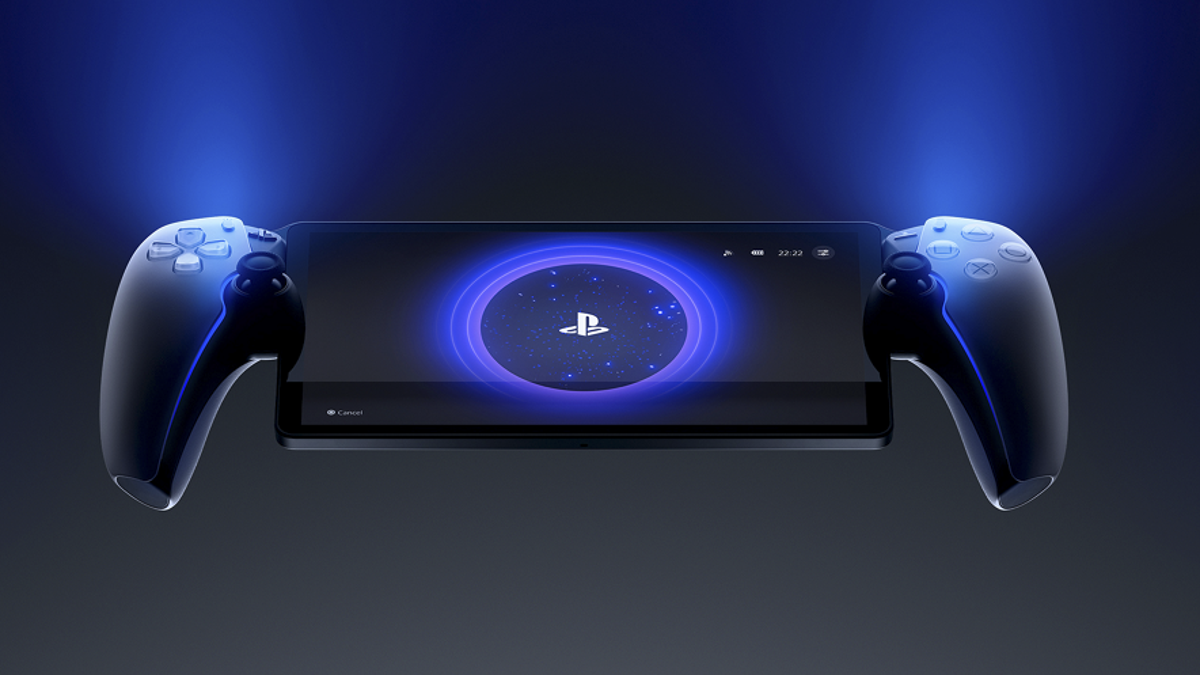





![[UPDATE] PlayStation Network is back and running](https://helios-i.mashable.com/imagery/articles/02ToD4H7iBKJXGD8xpj3dxR/hero-image.fill.size_1200x675.v1739025331.jpg)





